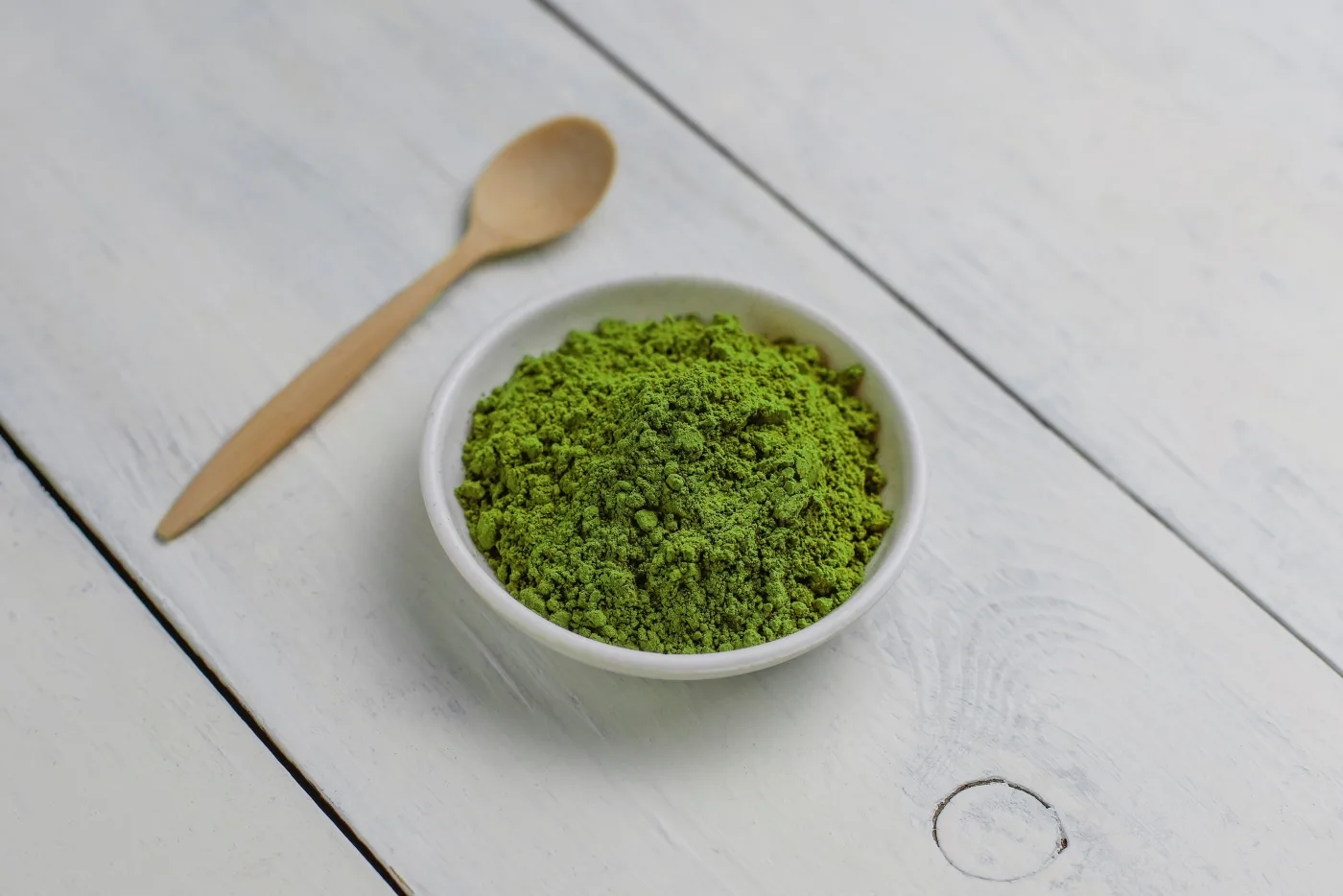Kratom enthusiasts are well-versed in the art of discerning between the various colors and strains of kratom powder. However, when it comes to the MIT45 collection of kratom shots and liquid extracts, the task becomes more intricate. Understanding the nuances of these concentrated forms can be challenging for several reasons. In this review, we’ll explore 10 factors that contribute to the difficulty of comparing the color of kratom liquids and extracts, focusing on the MIT45 Liquid Extract Collection.
10 Factors Responsible For The Difficulty Of Comparing Kratom Liquids And Extracts
Concentration levels
Kratom liquids and extracts are highly concentrated forms of the herb created through a meticulous concentration process. This process not only intensifies the potency but can also slightly alter the color profile.
Consequently, comparing kratom liquids and powdered varieties can be pretty challenging. However, it is this very concentration process that enhances the effectiveness and provides a unique experience for Mitragyna enthusiasts.
Extraction methods
Different extraction methods yield varying color outcomes. The use of solvents or boiling techniques can influence the final color of the liquid extract, creating a spectrum that is distinct from traditional powdered kratom. Solvent-based extractions, for example, may result in deeper and more vibrant hues, while boiling techniques can produce lighter and more subtle shades. These nuanced variations in color add to the diverse range of options available to kratom enthusiasts, allowing them to choose extracts that not only offer different effects but also visually stand out.
Additives and blends
Manufacturers in the kratom industry frequently employ the use of additives or create unique blends to amplify the effectiveness or enhance the flavor profile of liquid kratom. By introducing these additional components, they present a fascinating array of variables that can potentially impact the color, resulting in a visually diverse spectrum of options not typically observed in powdered forms of kratom.
Storage conditions
The color of kratom liquids and extracts can be influenced by various factors, including how they are stored. When exposed to light and air, these products can undergo gradual changes in composition over time.
This can result in a color shift, potentially deviating from the product’s original state. It is essential to consider the impact of storage conditions on the overall quality and characteristics of Mitragyna liquids and extracts. By understanding and managing these variables, users can better preserve the desired qualities of their Mitragyna products.
Processing techniques
The processing techniques employed in creating liquid extracts may involve heat or filtration, which can affect color. Heat-based methods, such as steam distillation, can intensify the color of the extract due to the release of pigments from the botanical material.
On the other hand, filtration methods, like cold pressing, can result in a more transparent and lighter-colored extract by removing impurities. Understanding the specific techniques used is crucial for an accurate color comparison and to ensure the desired quality of the liquid extract.
Herb strain variability
The variability in the diverse range of kratom strains used to create liquids and extracts contributes to the fascinating color discrepancies that can be observed. Each strain has its unique color profile, encompassing a spectrum ranging from vibrant greens to deep reds and everything in between. These colors are further accentuated by the extraction process.
Whether it’s the rich Green Maeng Da or the warm copper of a Red Bali, Mitragyna enthusiasts may find it difficult to compare the color of liquids and extracts.
Liquid vs. powdered base
When it comes to kratom, the choice between liquids and extracts versus powdered Mitragyna can lead to a fundamentally different experience. While powdered Mitragyna is known for its dry and finely ground nature, liquids and extracts offer a unique twist.
The presence of a liquid medium not only affects the texture but also adds a captivating aspect to the overall experience – including the perception of color. This intriguing characteristic sets liquids and extracts apart, thus making it difficult to distinguish between their colors.
Opaque packaging
Liquid Mitragyna products, renowned for their potency, are often packaged in opaque containers. This ensures that they are shielded from light, preserving their optimal quality. However, this packaging choice presents a challenge for consumers as it can make it difficult to accurately assess the color of the product.
On the other hand, powdered Mitragyna is typically packaged in transparent containers, enabling easy visual inspection and ensuring transparency in product quality.
Enhanced alkaloid content
Liquid extracts, with their elevated alkaloid content, hold a concentrated potency that can greatly influence the color spectrum. This concentrated nature leads to colors that may diverge from the expected colors commonly associated with powdered Mitragyna. Instead, they present deeper and richer tones, offering a truly distinctive and captivating visual experience. Therefore, this aspect also creates difficulty in comparing the color of Mitragyna liquids and extracts.
Consumer perception
The subjective nature of color perception among consumers adds another layer of complexity to the evaluation of liquid Mitragyna products. Each individual may have their own unique interpretations and preferences when it comes to color, making it even more challenging to establish a standardized comparison.
Factors such as lighting conditions, personal experiences, and cultural influences can further contribute to the variation in color perception. Therefore, it becomes crucial for manufacturers and retailers to consider these nuances and provide detailed information about the color of their products to ensure transparency and meet the diverse expectations of consumers.
Final Words
In conclusion, comparing the color of Mitragyna liquids and extracts, especially within the context of the MIT45 Liquid Extract Collection, demands an understanding of the unique variables at play. From concentration levels to extraction methods and storage conditions, each factor contributes to the distinctive color profiles found in these concentrated forms. As Mitragyna enthusiasts navigate the realm of liquids and extracts, appreciating the intricacies of color becomes an essential aspect of the overall experience






